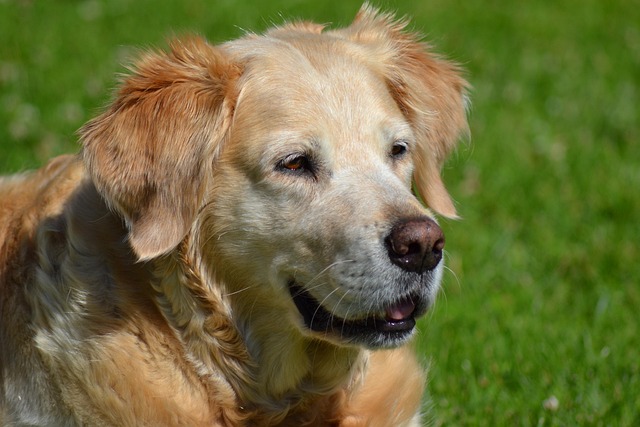
When should I worry about my dog's eyes
That worried feeling when your pup squints in the bright afternoon sun during your neighborhood walk or has a bit of goop in the corner after a nap – is it normal, or time to panic?
What food causes dandruff in dogs? If you’re a new dog parent in the US, you’ve probably brushed your pup and noticed a snowfall of white flakes, then stared at their food bowl wondering, “Is this my fault?” Dandruff—those dry, flaky bits of skin—can stem from many things, but diet is often a hidden culprit. Let’s unpack which foods might be irritating your dog’s skin and what to do about it.
A dog’s skin needs a balance of healthy fats, vitamins, and minerals to stay moisturized. When their diet lacks these, or includes harsh ingredients, the skin’s protective barrier breaks down, leading to dryness and flaking. Think of it like how eating too much junk food can make your own skin break out—what goes in shows up on the outside. Veterinarians call this “dietary xerosis,” and it’s more common than you’d think. My cousin’s Shih Tzu, Momo, developed dandruff after switching to a budget kibble; once they swapped back, the flakes vanished in two weeks.
So, which foods are the usual suspects? First, low-quality fats. Cheap dog foods often use unhealthy fats (like rendered oils) that go rancid quickly. These damage the skin’s ability to hold moisture—Momo’s old food listed “animal fat” (no specifics) as an ingredient, a red flag.
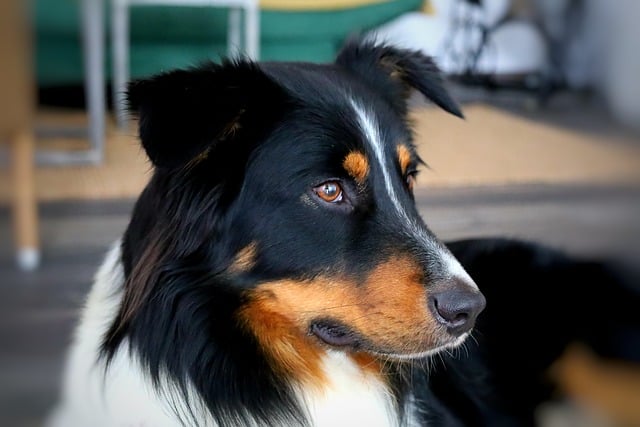
Next, common allergens. Wheat, soy, and corn (often used as fillers) can trigger allergic reactions in some dogs, showing up as dry, itchy skin and dandruff. A neighbor’s Border Collie, Jax, gets flakes within days of eating treats with wheat; switching to grain-free solved it.
Too much salt or sugar (found in many processed treats) also dries skin. Those “bacon-flavored” snacks might taste good, but excess salt pulls moisture from skin cells, leaving them flaky.
Finally, foods with artificial additives (colors, preservatives like BHA/BHT) can irritate sensitive skin. Dogs don’t need these, and they often disrupt the skin’s natural balance.
To fix it, check labels: Look for foods with named fats (like “salmon oil”) and no wheat/soy/corn if your dog is sensitive. Add a teaspoon of fish oil to their meals—omega-3s repair skin from the inside. My terrier, Leo, gets this daily, and his coat went from “flaky” to “shiny” in a month.
Now, tie this to real-world rules. Even with a dandruff-free coat, your dog needs current rabies vaccines—every US state requires it, and cities like Houston fine owners who skip this. While adjusting their diet, don’t slack on the basics: carry poop bags on walks (fines in Denver hit $300 for messes) and keep tags updated.
Culturally, never scold your dog for scratching dandruff—it’s a sign of discomfort, not bad behavior. Instead, reward them when they let you check their skin, using treats to build trust. Positive reinforcement makes vet visits or diet changes easier.
Living in an apartment? Store new foods in sealed containers to avoid attracting pests. Stick to quiet mealtimes (no 6 a.m. bowl clattering) to respect neighbors. When walking, if your dog scratches, redirect them with a toy—polite behavior keeps community vibes good.
Dandruff from food is fixable with label-reading and simple swaps. Your pup’s skin (and your couch) will thank you.

That worried feeling when your pup squints in the bright afternoon sun during your neighborhood walk or has a bit of goop in the corner after a nap – is it normal, or time to panic?
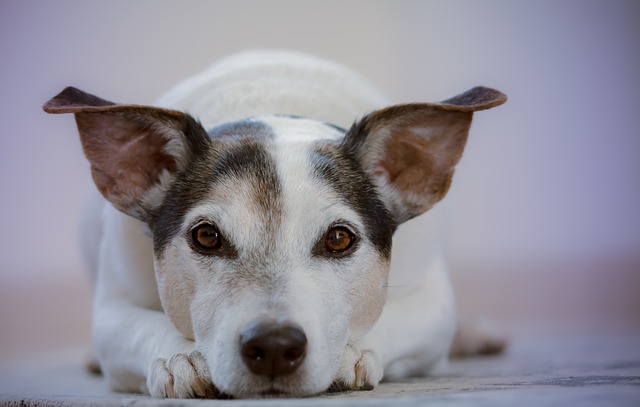
Waking up to the sound of your dog retching is enough to make any new pet parent panic.You rush over to find a small puddle on the living room rug,and suddenly you're hit with that urgent question:should you hold back their food to let their tummy settle?
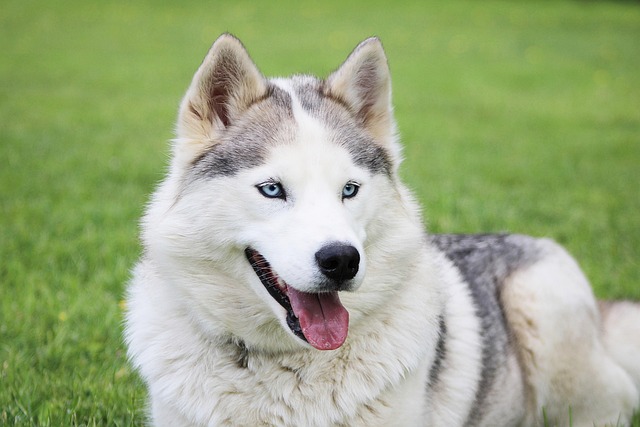
Husky puppies are little bundles of energy with a metabolism that burns through calories like a sled racing across snow. Their bodies need specific nutrients to support that nonstop activity, growing muscles, and thick double coats.
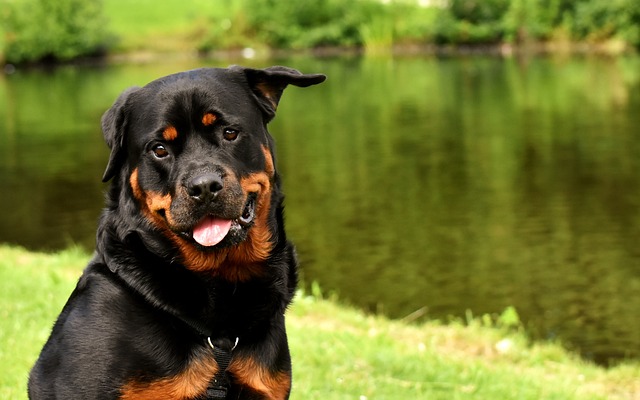
Does brushing a dog help with dandruff? If you’re a new dog parent in the US, you’ve probably stared at the white flakes on your couch, then at your pup’s brush
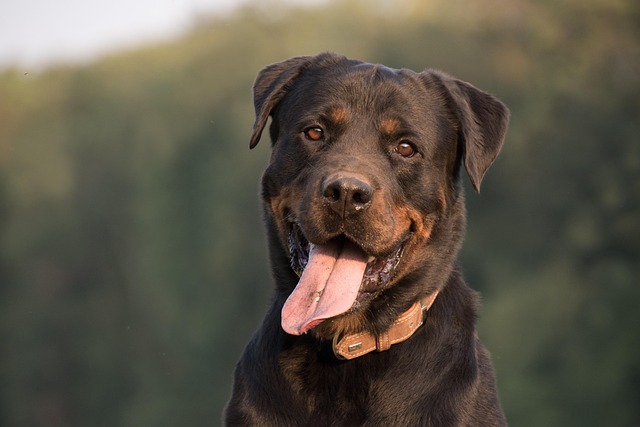
How to tell if a dog has dandruff or mites? If you’re a new dog parent in the US, you’ve likely leaned in to brush your pup and noticed small white flakes in their fur
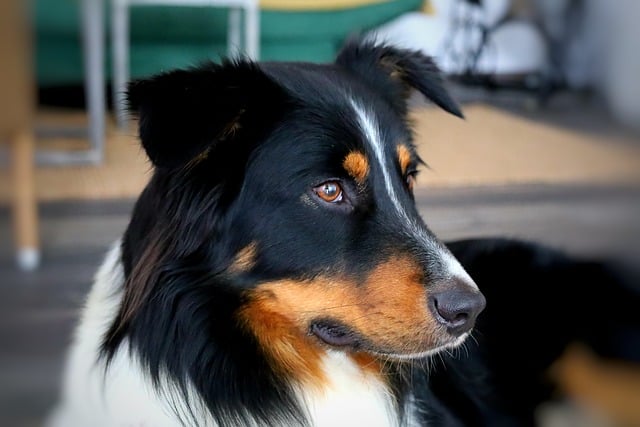
What food causes dandruff in dogs? If you’re a new dog parent in the US, you’ve probably brushed your pup and noticed a snowfall of white flakes